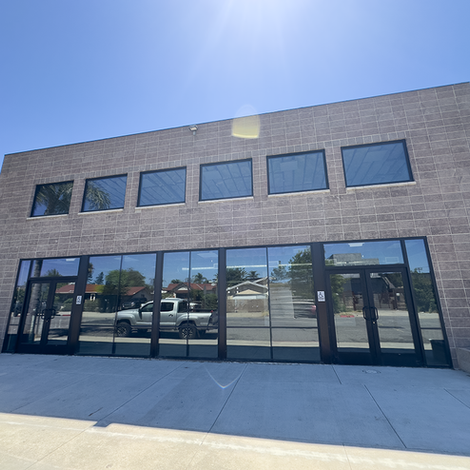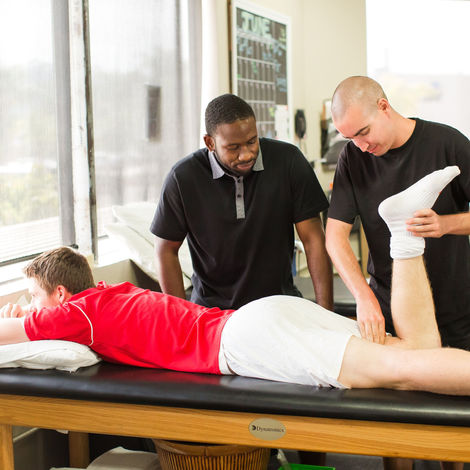top of page
Rehab United
Community Blog
Whether you're recovering from an injury, managing a chronic condition, or striving to unlock your fullest potential, our blog is your health and wellness resource that accompanies you every step of the way. Join us on this journey of discovery, education, and transformation as we unite our expertise with your determination to achieve lasting health and vitality.
bottom of page





























